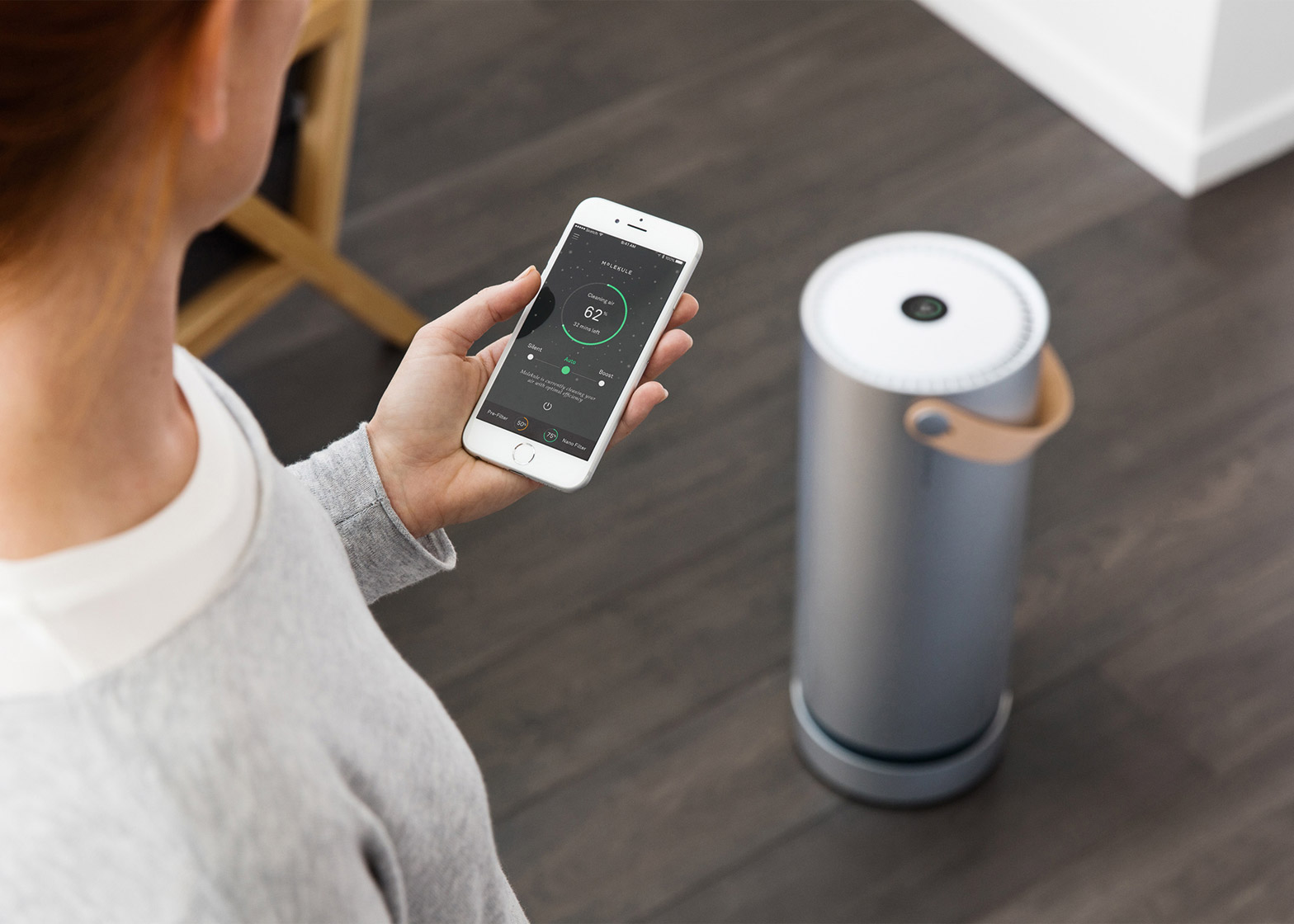Recommendations For Choosing the Best Air Purifier For Home
In a few houses with a lack of proper ventilation, the interior air may be 100 occasions more polluted compared to air external! The reason being contemporary structures are made with energy effectiveness in mind. But, the small seals which make a home energy-efficient also lure pollutants inside. Together with that, the average American requires seven out of twenty breaths inside, therefore it’s critical to make sure that your indoor air is without any contaminants and other impurities. Air purifiers remove allergens, harmful compounds, and other dangerous pollutants. This information explains why people use air cleansers, how they perform, which air cleansers you should prevent, and how to pick the most effective air purifier for the needs.
What is the source of indoor air pollution? In terms of normal pollutants, shape and dirt termites are every where – and they are the 2 most common causes of year-round sensitive rhinitis (hay fever). Pollen can also be a pervasive allergen that always sees their way in to your house because it is so small and sticky. When you have pets, they’ll definitely spread their dander to every corner and cranny of your home. Several infections and germs will also be airborne.
Even though they’re perhaps not organic contaminants, Volatile Natural Compounds (VOCs) cause many people to see allergies and different health problems. VOCs include chemical, fragrances, pesticides, solvents, and washing agents. VOCs can enter the air through compound off-gassing from furniture, new carpets, glues, materials, and different developing materials. Additionally, several VOCs are identified toxins (cancer-causing agents). Environmental pollutants like smoke smoking, carbon dioxide, carbon monoxide, and nitrogen dioxide may also be contained in your interior air, along with dangerous major metals like airborne cause, mercury vapor, and radon.
HEPA air purifiers work with a HEPA air filtration, that has been developed by the Atomic Power Commission in the 1940s as an easy way to filter radioactive contaminants. HEPA filters set the standard for air cleansers: to be categorized as HEPA, a filter must capture at the least 99.97% of pollutants at 0.3 microns or larger. Top-selling HEPA air purifiers include the Molekule review Air purifier, available with a HEGA (High Performance Gas Adsoprtion) filtration, along side air devices from IQAir, Allerair, Blueair, and Honeywell.
Triggered carbon filters eliminate gases, odors, and chemical toxins. The carbon is “activated” when it is handled with air, which starts up an incredible number of little pores to entice and adsorb chemicals. Impregnated carbon filters have been handled by having an extra chemical, usually possibly potassium iodide or potassium permanganate; these chemicals, called chemisorbents, improve the carbon filter’s capability to capture VOCs and other chemically reactive gases.
Electrostatic filters use an electrostatic demand to attract pollutants and lure them on enthusiast plates. These filters are good for those who don’t wish to have to concern yourself with changing HEPA filters, however, if the series plates are not washed often, they quickly eliminate efficiency. Also, beware that some electrostatic filters emit ozone, that will be known to be a robust lung stimulant and can be extremely annoying to some people with asthma or allergies. The Friedrich air purifier is, undoubtedly, the very best electrostatic air cleaner, in addition to the overall top-ranked air purifier in prior Customer Studies rankings.
Charged media filters provide pollutants an electrostatic cost before obtaining them in a normal filter. Charged media filters are typically really successful, but like electrostatic filters, they lose efficiency rapidly-and they could involve repeated and costly filter changes. Some charged media air filtration units also release ozone. The advantage of charged press filters is they are quieter and more energy-efficient than HEPA air purifiers. The Blueair air purifier is the better charged press filter, and it generally does not emit ozone.
If you suffer with allergies (especially if you’re allergic to dust mite allergen), then the best area for an air cleanser is the bedroom. It’s crucial to have climate in your room because spent about a third of your life there. If you’re sensitive to animal dander and have animals, then you might want to place an air cleanser in the room where your animals spend most of the time-and keep the animals out of your room! Also, you should not position an air cleanser in the corner of a room; it must be at the least a few legs far from the walls for maximum air flow.
